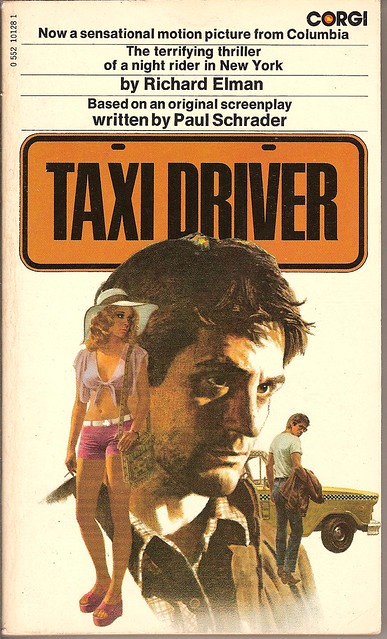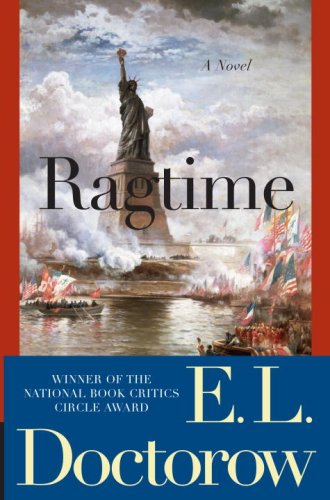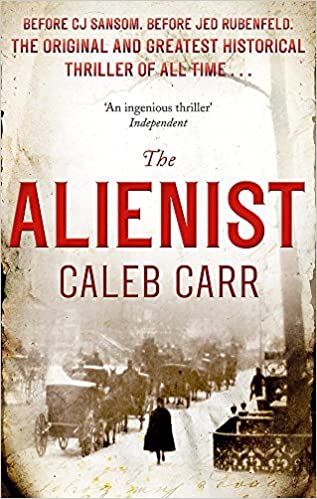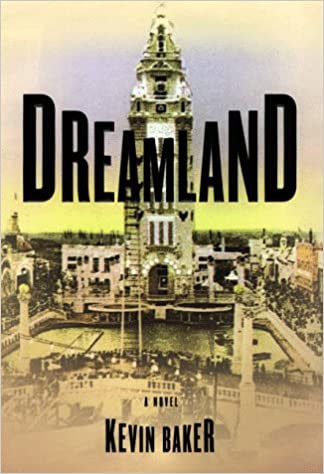rona or Ro·na [ roh-nuh ]
noun (Slang)
COVID-19: I’m not even trying for a beach body this year, since Rona ruined my summer plans. You think it won’t, but the Rona will knock you on your ass—it’s no joke, guys.
As we live through the summer of Rona, reading is one of the summer activities that has not been affected by the pandemic. In an effort to save money, travel light and keep distracted, I have committed myself to reading only bestsellers that were published as “mass trade paperbacks” those thick, pulpy looking books of at least 500 pages that you can tear through on a hot afternoon in the hammock, on a blanket in the park or on the mostly empty, socially distanced New York Subway commute. They don’t take up too much space in your beach bag or your bookshelves and they can be found for a dollar in every second hand book store. And if you look closely, you may even find some books that started their shelf life as “serious” literature.
I have always had an ambivalent attitude towards Literature (capital L intended). Although I was an excellent student in my English classes in high school, I preferred reading Agatha Christie to reading James Joyce and my teacher only accepted her books on my reading list because i was able to talk about them fluently. When I first got to the United States I was delighted to see cheap books for sale in supermarkets and drugstores, and even more so when i saw that for every movie there was a paperback edition of the original book, or a book written especially as merchandise for the movie. Somewhere on a dark shelf in an abandoned bookstore, I am sure you can still find a paperback copy of the movie edition of “Taxi Driver” based on Paul Schrader’s original script.

One of the literary works that made its way to mass markets in those days was EL Doctorow’s “Ragtime” from 1975 which became the basis of Milos Forman movie in 1981 and then a musical in 1998 when Broadway first began to ran out of original ideas. I re-read the book earlier this summer when I was particularly interested in the story of Evelyn Nesbit and Stanford White. I enjoyed it a lot even though some of the choices in telling the story seem a little pointless and pretentious. It tells of a family in New Rochelle that got rich off selling flags and bunting and, as a symbol of the American way of life, gets entangled in New York history, true and made up. Doctorow introduces a lot of characters, bot historical and fictional and uses their stories as background to the main narrative.
The son of the family is the narrator but he only uses the word “I” once, keeping his distance as he tells about his uncle’s obsession with Evelyn Nesbit and how the uncle, once he is humiliated by her and she is degraded in the trial, becomes increasingly radicalized and violent. His mother adopts a black baby she finds on their doorstep and lets the mother of the child live in the attic and work for the family. The father, a refined ragtime piano player called Coalhouse Walker, is waylaid by a group of fireman on his way into the city and when Walker seeks justice from the police department he is humiliated even more. The uncle joins Walker in a campaign of violence against the police department and drags the family down with him.
This is all good story material and makes for a good read, if it weren’t for Doctorow’s effort to distance himself from the characters. Some of the intermittent sections bear no relationship to the main story. An editor of the 2010s might have sent Doctorow back to his desk to make all those random stories fit in or make the main characters more relatable. Throwing in a bunch of chapters about Freud, Jung and Ferenczi visiting New York, as well as Houdini and other real life famous people, makes the book a textbook example of how to make historical fiction more attractive by adding some real life characters. But it would have all been a lot more engrossing if we were allowed to emotionally engage with the characters, no matter how ambiguous and flawed.

Historical fiction may actually be in better hands when written by real historians, as for example “The Alienist” from 1994 by Caleb Carr, whose father Lucien Carr went to jail for the 1944 murder of a homosexual friend who made a pass at him in Riverside Park. It was a famous case, that involved his friends Kerouac and Burroughs, one of so many New York stories. His son Caleb initially became a military historian, but writing history can be restrictive to the imagination I guess, so by the age of 39 Caleb Carr published this hugely successful story of a serial killer set in 1896 “Gilded Age” New York.
He managed to hit all the right notes by introducing dr Kreisler, the Alienist, as they used to call psychiatrists before Freud. Dr Kreisler and his Harvard friends John Moore and Theodore Roosevelt – police commissioner at the time, but soon to be President – and a young society woman called Sara Howard who is trying to become the first woman working for the NYPD. Add two Jewish brother detective into the mix who are barely tolerated by the force and you have the crackpot team investigating a series of gruesome murders.
The victims are mostly cross dressing young boy prostitutes and the settings are all exquisitely rendered. The locations include from the Lower East Side where the new police headquarters were (clearly inspired by Luc Sante’s seminal non-fiction “Low Life” from 1991), Delmonico’s, then located just off Madison Square, the brand new Brooklyn Bridge where one of the victims is found and the Reservoir at 42nd street where the final showdown with the murderer takes place. The book clearly owes a debt to “Ragtime” in the way it mixes real life characters with fictional ones, but it avoids any type of literary pretension or any of the alienating devices that Doctorow employed and so it makes for a ripping good read. Recently, this book and the second dr Kreisler mystery finally made it into a TV Series starring Daniel Bruehl, Dakota Fanning and Luke Evans, but even though its production values are staggering (that means that is all just looks amazingly real), there is a something about the actors performance that is keeping it from being the blockbuster on TV that it was in pulp fiction.

One of the reasons why the The Alienist is so successful is because it mixes two genres, historical fiction and crime, and it allows Carr to get away with some solid history lessons. Another historian turned historical novelist is Kevin Baker whom I had never heard of before this summer. I was looking for books about the 1863 NY Draft riots when his “Paradise Alley” came up, but when I found the $1 paperback edition of his first novel “Dreamland” from 1999, I chose to read that first. Coney Island is the “Dreamland” Baker’s book as his characters all share some kind of destiny that connects them to the place where New Yorkers of the Gilded Age used to go for entertainment. His book is episodic in nature, meaning that different chapters follow different characters. These characters include dwarf entertainers, Jewish gangsters, Tammany Hall mob politicians and young women who work under abominable circumstances in sweatshops but learn how to organize themselves politically. Eventually, those women end up working at the Triangle Shirtwaist Company but Baker’s avoids detailing the obvious dramatic scene of the women who died when there was an infamous fire there in 1911. That historical event and one of the fires that regularly devastated the old Coney Island theme parks serve as the dramatic setting for the end of an era. His characters are utterly convincing and sympathetic as they move through the incredibly cruel and dismal underbelly of New York City. Of the three books here, this one is the most successful in bringing these people to life and make us care about what happens for them.

As someone who loves history but finds it hard to find the time and the concentration to read big history books cover to cover, historical fiction of this caliber makes it possible to enjoy someone else’s imagined version of what life was like in those days, what the people were like and what motivated them, what the city looked like and smelled like and what it felt like to live in it. I feel very lucky to have all the work of so many great writers and thinkers at my disposal at this time when we are all busy, mourning, celebrating and re-imagining New York. It was never a safe and easy place to live even before 9/11, the Global Financial Crisis, Hurricane Sandy and Rona times. But we are always privileged and lucky to be a part of it.
